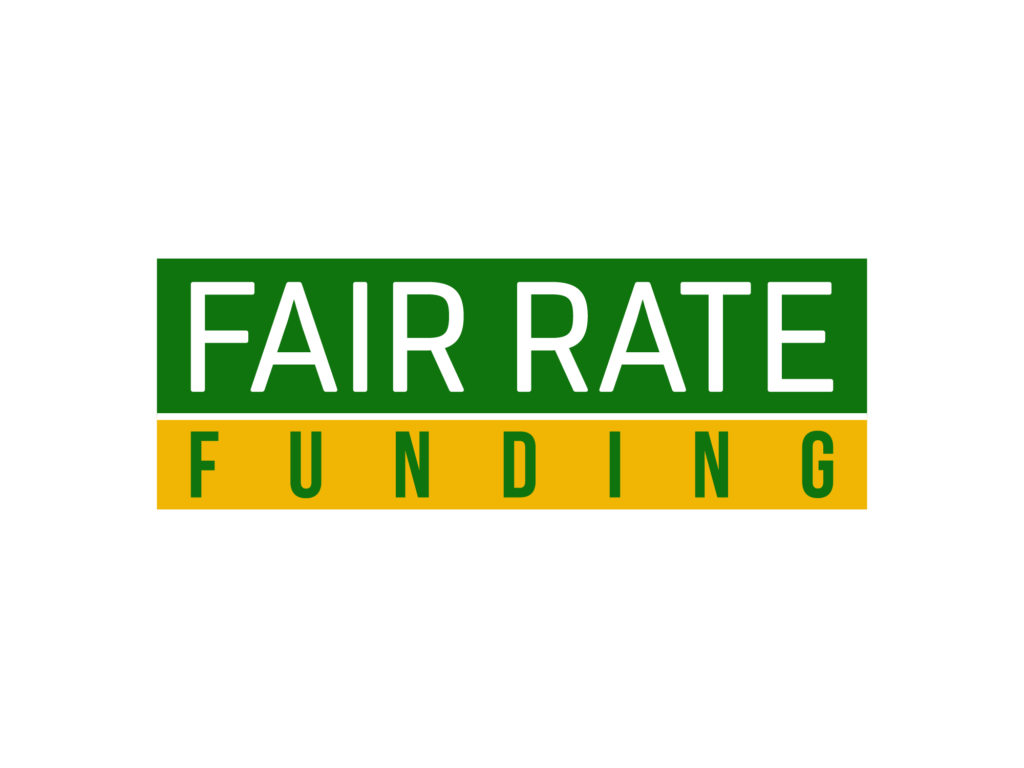The legal funding loan industry operates in many jurisdictions in an unregulated marketplace. Accordingly, lawsuit loan rates can vary. Most competitive legal funding loan rate structures, for preferred cases, charge roughly 36% a year. The charges can be calculated either “simple” or “compounded”. This post will explain the differences between the two lawsuit loan rate structures.
Legal Funding Rate Structure Types
Legal Funding loan businesses use generally two different types of rate structures. The first type is often termed “compounding”. A compounding rate means you are charged on the borrowed principal and the accumulating interest. This type calculates repayment by charging a monthly percentage rate on the contract amount. The next month the percentage rate is charged on the repayment amount (monthly balance). Because this calculation charges interest on the balance and not the original contract amount, the charges are said to “compound” monthly.
The second type of charge applies a percentage rate on the original contract amount in 6-month increments. This non-compounding rate structure is also known as “simple” interest”.
Let’s look at a couple of examples to illustrate the lawsuit loan rate structures.
Lawsuit Loan Simple Rate Structure

The repayment of a $10,000 contract at 18% simple rate looks like this:
0-6 Months $11,800
6-12 Months $13,600
12-18 Months $15,400
18-24 Months $17,200
24-30 Months $19,000
30-36 Months $20,800
If a case was funded January 1 and the cash advance repaid before June, the repayment would be $11,800. If instead the advance was repaid after June but before December 31st, the repayment would be $13,600. So each 6 month period results in $1,800 increase in repayment.
Legal Loan Compounding Rate Structure
Now let’s examine a legal loan compounding rate structure of that same $10,000 contract at 18% every 6-months. Only this time, the loan repayment is calculated at 3% compounded monthly. The payoffs for this rate structure would be:
0-6 Months $11,941
6-12 Months $14,258
12-18 Months $17,024
18-24 Months $20,328
24-30 Months $24,273
30-36 Months $28,983
Clearly the repayment for a compounding rate is more expensive. This is because the monthly charge (3%) is calculated on the previous month’s balance. That is, after month 1, the balance is $10,300 after calculating the rate. In month 2, the 3% is calculated on the 10,300 and NOT on the original contract amount. That is the difference.
Remember, the same 6-month repayment parameters still exist. That is, if a case was funded January 1 and the cash advance repaid before June, the repayment would be $11,941. If instead the advance was repaid after June but before December 31st, the repayment would be $14,258.
What We Can Learn from Legal Loan Rate Examination

The first thing to realize is that lawsuit loan rate structure matters. It can literally mean a savings of thousands of dollars over time.
Second, lawsuits can take several years. Yet very few plaintiffs are aware of this fact. It seems that everyone thinks their case is going to settle in “6-months”. This may be due to their naivete. It could also be because attorneys sometimes tell their clients it won’t take much longer. Regardless, the statistics don’t lie. And the statistics show that most lawsuits take more than 18 months to resolve.
Thirdly, simply placing a lower number as a “rate” can at first glance seem like a better deal. Of course, the devil is in the details and there are a few companies who advertise a lower nominal rate (e.g. 3%) but the repayment winds up being far more because of the compounding nature of the rate structure. Consider the above $10,000 example after 3 years. The repayment is over $8,000 more with the compounding rate. That’s a real difference.
Legal Loan Rate Structure Conclusions
The purpose of this post is to educate the reader about the different types of rates structures most often employed by lawsuit legal loan companies who advance money on pending lawsuits. As the above analysis suggests, the type of structure used can have a significant impact on the repayment amounts in these financial transactions.
Those who try to learn how to shop for lawsuit loans would do themselves a service by understanding legal funding rate structures and making sure they are in the structure that best serves their specific needs.


